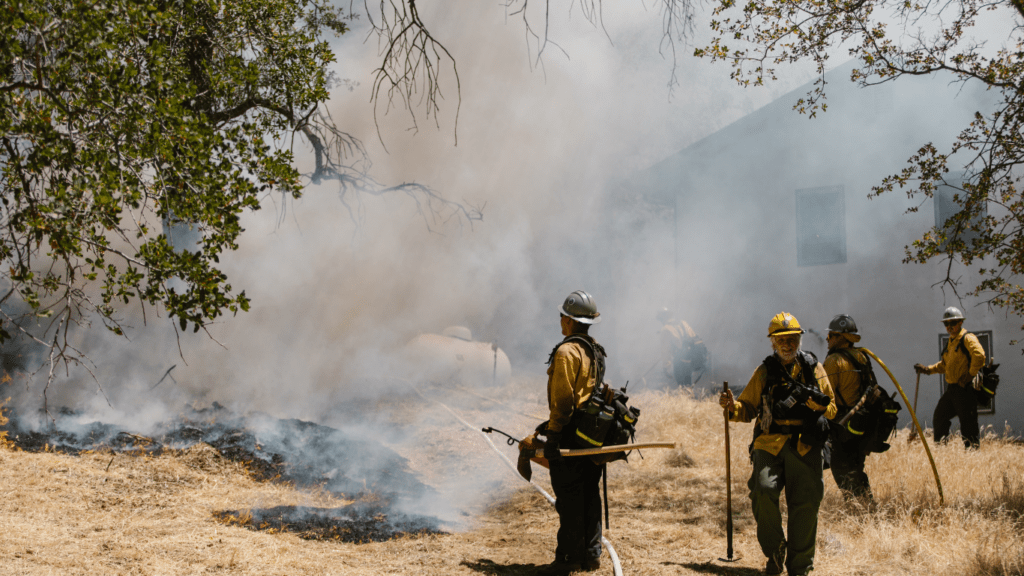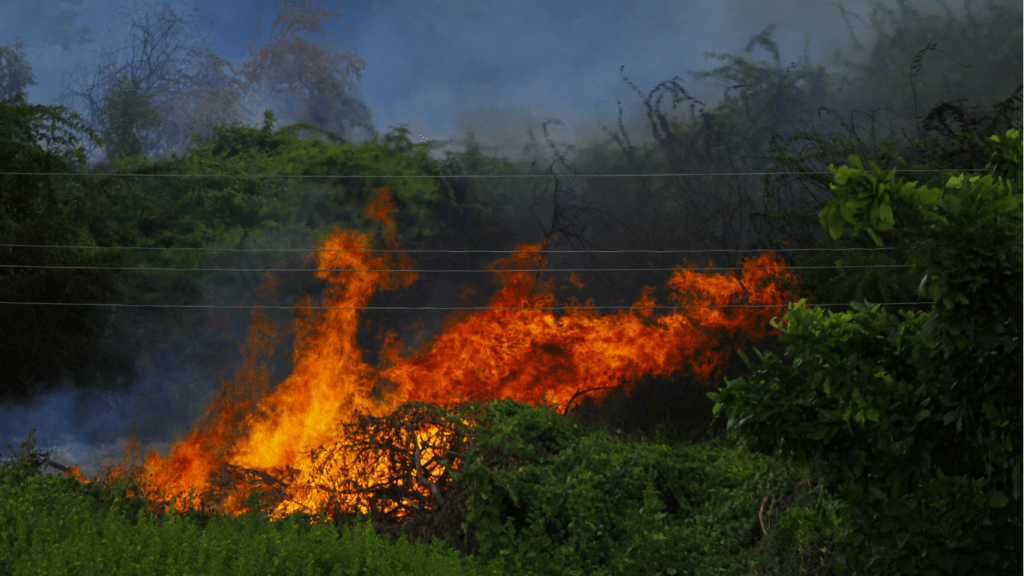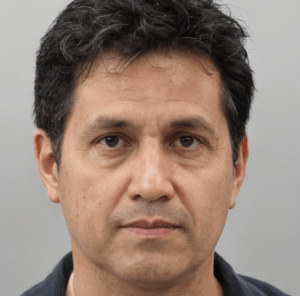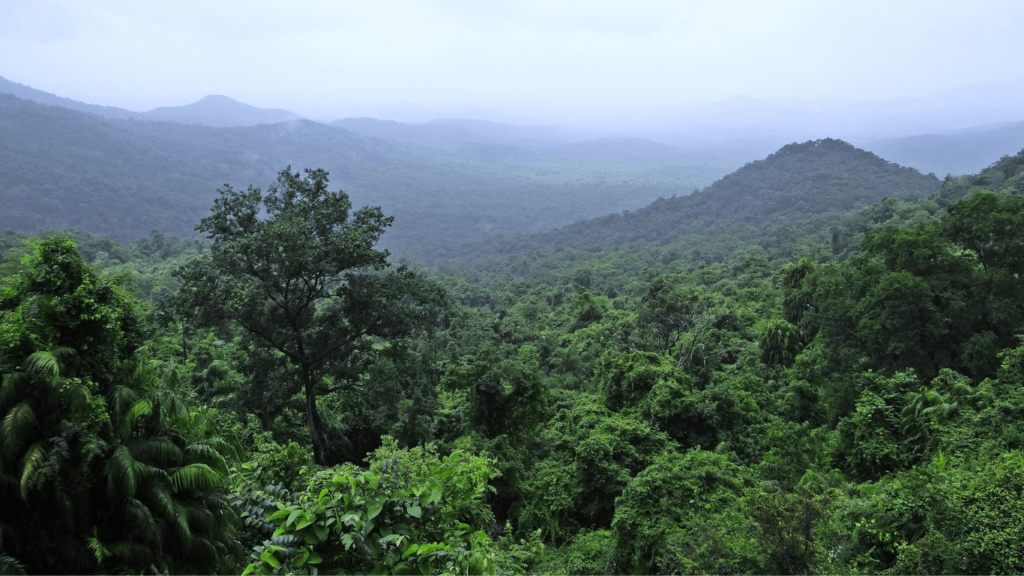Understanding the Importance of Wildfire Prevention
Protecting forests, wildlife, and communities requires effective wildfire prevention. Without preventive measures, wildfires can devastate ecosystems, destroy homes, and endanger lives. With rising global temperatures and prolonged dry seasons, the frequency and severity of wildfires have increased.
Implementing wildfire prevention strategies minimizes risks and promotes sustainable forest management. Controlled burns reduce fuel buildup, and clearing vegetation near residential areas creates defensible space. These activities help prevent fires from spreading.
Adopting advanced technologies greatly enhances prevention efforts. Satellite monitoring provides real-time data, allowing for rapid detection and response. Drones equipped with infrared sensors identify hotspots that may lead to fires. These tools improve situational awareness and preparedness.
Engaging communities plays a critical role in preventing wildfires. Public education initiatives raise awareness about fire safety practices. Community programs train residents to respond effectively during fire events and emphasize the importance of maintaining safe zones around properties.
Investing in wildfire prevention protects not only natural resources but also human lives and infrastructure. Preventive measures mitigate economic losses associated with wildfire damage. They ensure forests continue to provide ecological benefits, like carbon sequestration and biodiversity conservation.
Technological Innovations in Wildfire Prevention
Technological developments have greatly improved wildfire prevention. Advanced tools help detect, monitor, and control fires more effectively.
Remote Sensing and Satellite Monitoring
Remote sensing and satellite monitoring are critical tools for wildfire prevention. Satellites equipped with thermal imaging can detect hot spots and fire outbreaks in real-time. These systems then relay data to firefighting teams, enabling rapid response.
NASA’s MODIS (Moderate Resolution Imaging Spectroradiometer) and VIIRS (Visible Infrared Imaging Radiometer Suite) are examples of satellites that provide valuable data. They collect information on fire intensity, size, and spread, which helps in formulating strategic firefighting measures. By analyzing satellite data, authorities can predict fire behavior and make informed decisions on resource allocation.
AI and Machine Learning Applications
AI and machine learning applications play a significant role in wildfire prevention. Algorithms analyze vast datasets, including weather patterns, vegetation types, and historical fire data. This analysis identifies regions at high risk for wildfires.
Systems like IBM’s Watson integrate machine learning to enhance fire prediction models. These models forecast potential outbreaks and improve the accuracy of risk assessments. AI-powered drones also assist in real-time surveillance, identifying early signs of wildfires through smoke and thermal sensors.
Machine learning improves resource deployment by predicting the most effective intervention strategies. Firefighting teams can use AI insights to optimize their response, reducing damage and enhancing safety measures. AI and machine learning applications thus represent essential tools in modern wildfire prevention.
Effective Fire Breaks and Barriers

Effective fire breaks and barriers are crucial to wildfire prevention. These methods can halt or slow the spread of wildfires, safeguarding forests and communities.
Natural and Engineered Fire Breaks
Natural fire breaks use natural features like:
- rivers
- lakes
- canyons
to create barriers. These formations can limit a wildfire’s progress since they lack vegetation to burn. In some areas, naturally occurring wetlands and barren landscapes also serve as efficient fire breaks.
Engineered fire breaks, on the other hand, are constructed barriers imagined and implemented by people. They include roads, ditches, and cleared vegetation zones. Cutting wide swaths of trees and brush creates gaps in the fuel source for fires. Large-scale engineered fire breaks sometimes involve coordinated efforts from multiple agencies, applying heavy machinery and manual labor to clear extensive areas.
Community Firebreak Initiatives
Community firebreak initiatives involve residents working together to establish defensible spaces. These efforts often include clearing brush, trimming trees, and removing dead vegetation around homes and properties. These actions reduce fuel for potential fires and create safer zones around inhabited areas.
Local governments and fire departments frequently spearhead these initiatives, providing resources and guidance. They offer workshops on fire-resistant landscaping, distribute equipment like rakes and saws, and sometimes organize community fire break events where neighbors collaborate. Additionally, public awareness campaigns stress the importance of individual and collective responsibility in maintaining these firebreaks to maximize their effectiveness.
Forest Management Practices
Effective forest management practices are crucial in mitigating wildfire risks. Methods like controlled burns and vegetation management play pivotal roles in maintaining forest health and reducing fire intensity.
Controlled Burns
Controlled burns, or prescribed fires, are intentional, carefully planned fires set by trained professionals. They help reduce the buildup of combustible materials such as dead leaves, branches, and other forest litter. By lowering the fuel load, controlled burns decrease the potential for severe wildfires. For instance, the U.S. Forest Service employs controlled burns to manage overgrown areas, promoting new growth and maintaining ecological balance. These burns also create firebreaks that can slow or stop the spread of wildfires, protecting human communities and natural habitats.
Vegetation Management
Vegetation management involves the systematic removal or modification of plant materials that could fuel wildfires. Techniques include thinning dense tree stands, pruning lower branches, and clearing brush and dead vegetation. This practice increases the spacing between plants, reducing the likelihood of flames spreading from tree to tree. In California, Cal Fire’s Vegetation Treatment Program includes mechanical treatments, grazing by livestock, and planting fire-resistant species. These actions not only reduce fire hazards but also promote biodiversity and forest resilience. By proactively managing vegetation, forest managers can create safer, healthier forest ecosystems.
New Legislation and Regulations
Recent laws reflect the seriousness of wildfire prevention, aiming to protect natural landscapes and communities.
Government Policies
- Governments worldwide are enacting strict policies to curb wildfire risks.
- In the US, the Fire Suppression and Forest Management Act allocates $2 billion annually for forest health.
- This includes programs for fuel reduction and fire suppression tactics.
- Local governments provide grants for wildfire mitigation projects, ensuring resources reach high-risk areas.
- The European Union’s new Forest Strategy enhances the resilience of forests through sustainable management practices.
- By setting clear guidelines, governments aim to reduce wildfire occurrences and improve response times.
Community Guidelines
Communities play a vital role in wildfire prevention by adhering to specific guidelines designed to minimize risks. These guidelines often include regulations on debris burning, mandatory clearances around properties, and the use of fire-resistant building materials. Local fire departments run public education campaigns to inform residents about wildfire risks and preparedness. Homeowners are encouraged to create defensible spaces, remove flammable materials, and participate in community fire drills. By following these guidelines, communities can significantly reduce the likelihood of wildfires and their devastating impacts.
The Role of Public Awareness and Education
Raising public awareness and providing education are critical in the effort to prevent wildfires. Community engagement helps foster a proactive approach to forest safety.
Community Workshops
Community workshops serve as a practical platform for sharing knowledge on wildfire prevention. I’ve organized many where residents learn about creating defensible spaces, such as clearing brush and proper storage of flammable materials. These workshops often involve hands-on demonstrations, showing participants how to use fire-resistant landscaping techniques and maintain clearances around properties. Local fire departments and forest management experts usually lead these sessions, ensuring that the community receives accurate, up-to-date information.
Digital Campaigns
Digital campaigns maximize the reach of wildfire prevention messages through social media, websites, and email newsletters. I’ve launched several initiatives, utilizing platforms like Facebook and Instagram to disseminate tips on reducing fire hazards and responding during fire events. Video tutorials and infographics can be particularly effective in illustrating key safety measures. Collaborating with influencers and community leaders further amplifies these messages, making it easier for residents to access crucial information in real-time.



 Lead Forest Survival Specialist & Outdoor Educator
Timothy Peters is Whisper Forest Ways’ resident expert on wilderness survival and all things related to thriving in the outdoors. With a background in environmental sciences and over a decade of hands-on survival training, Timothy combines scientific knowledge with practical experience to teach readers essential survival skills, such as shelter building, fire making, and foraging. His approach emphasizes respect for the natural world and sustainability, ensuring that all of his methods encourage low-impact interaction with the environment. Whether you’re new to outdoor adventures or a seasoned explorer, Timothy’s detailed guides and insights provide invaluable knowledge for safely and confidently navigating the wild.
Lead Forest Survival Specialist & Outdoor Educator
Timothy Peters is Whisper Forest Ways’ resident expert on wilderness survival and all things related to thriving in the outdoors. With a background in environmental sciences and over a decade of hands-on survival training, Timothy combines scientific knowledge with practical experience to teach readers essential survival skills, such as shelter building, fire making, and foraging. His approach emphasizes respect for the natural world and sustainability, ensuring that all of his methods encourage low-impact interaction with the environment. Whether you’re new to outdoor adventures or a seasoned explorer, Timothy’s detailed guides and insights provide invaluable knowledge for safely and confidently navigating the wild.
